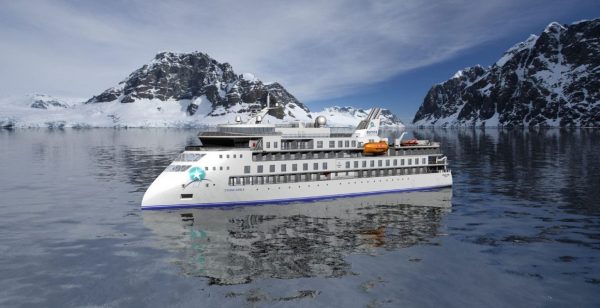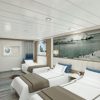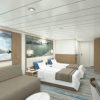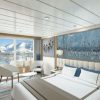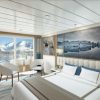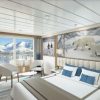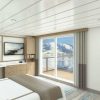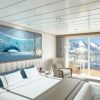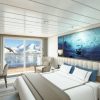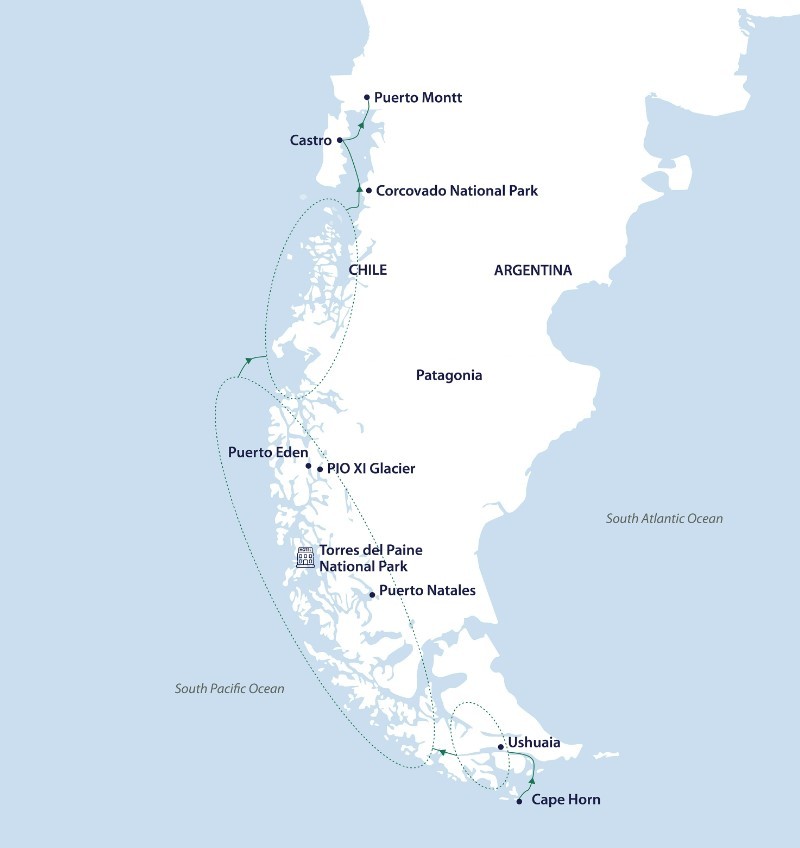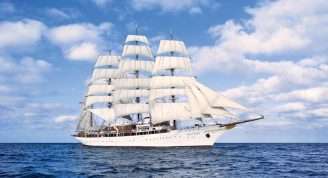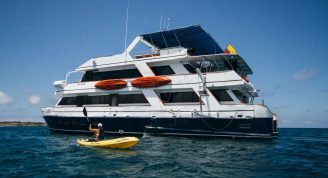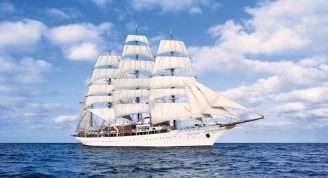Description
Sail the legendary Beagle Channel and marvel at the snow-covered peaks of rugged Patagonia. Zodiac-cruise through fjords flanked by glaciers and watch as the captain skillfully navigates narrow channels while you keep watch for acrobatic dolphins, penguins and seals. Spend two days hiking and exploring in Torres del Paine National Park, renowned for its majestic granite towers and jaw-dropping landscapes. Join us on a journey exploring the fjords and coast of southern Chile and discover why Chile was voted best adventure destination in South America for three consecutive years at the World Travel Awards
Trip Name
Patagonia & Chilean Fjords Expedition
Days
15
Overview
Vessel Type: Luxury Expedition
Length: 104 meters
Passenger Capacity: 126
Built / Refurbished: 2020/2021
Due to sail in October 2021 our new ship honours the highly accomplished marine biologist, oceanographer and explorer, Sylvia Earle. As the first female chief scientist of the U.S. National Oceanic and Atmospheric Administration, and named by Time Magazine as its first Hero for the Planet in 1998 – this vessel pays tribute to Sylvia’s long standing conservation efforts for marine protected areas and ocean wildlife. Sylvia Earle will be actively involved in the development of her namesake.
Designed for rugged, remote areas Crossing the notorious Drake Passage or the Denmark Strait, our expeditions face some of the most intense conditions nature can throw at us. The Sylvia Earle is at the cutting edge of nautical technology: robust, powerful and up to the task.
Ulstein X-BOW® & Lounge The streamlined Ulstein X-BOW® cuts through the swell so you feel fewer vibrations and disturbances*, and makes quicker transits through waves. It also helps reduce our fuel consumption by up to 60%^. Experience the Glass Atrium Lounge inside the bow, featuring huge windows and superb views to the front of the ship.
Swimming pool & wellness centre In between landings, enjoy the heated saltwater open air swimming pool and jacuzzis on board the Sylvia Earle and watch the world go by, or experience our gym, sauna or enjoy a massage (additional cost) in the Wellness centre.
Safety features The Sylvia Earle will feature industry-leading safety technology that exceeds the requirements for a ship of this size with a world class return-to-port equipment, which duplicates the propulsion system, enabling the ship to maintain operating systems and comfort in the event of engine failure. The ship will also feature a fully-stocked medical clinic designed for use in remote areas.
Responsible travel features We believe that preserving and protecting the environment is of the utmost importance and this is reflected in several features of the Sylvia Earle. The Sylvia Earle will boast one of the lowest polluting marine engines in the world due to low energy consumption, high fuel-efficiency and a streamlined design to deliver an 80% reduction in emissions. The ship can also utilise virtual anchoring to hold its position using a combination of GPS, steering technology, propellers and thrusters. This protects the sea floor and minimises the damage caused by conventional anchors.
Zodiac launching platforms Our ships carry many Zodiacs, which you can board via four dedicated, sea-level launching platforms. These platforms make boarding the Zodiacs as quick, efficient and safe as possible, minimising wait times and getting you closer to the action for longer. Whether you’re Zodiac cruising through awe-inspiring fjords in search of wildlife or making a quick transit from ship to a shore landing site, these sturdy crafts will play an integral role in your expedition experience.
Activity preparation area We offer a range of add-on adventure activities from kayaking and diving to climbing and ski touring, and your ship is designed to support these activities, making the transition from ship to sea or shore as smooth as possible. We built the spacious activity preparation areas and loading platforms in consultation with our expert activity guides. You will also have access to lockers and rapid drying areas for dry suits and wet suits, to give your gear the best chance to dry between excursions.


